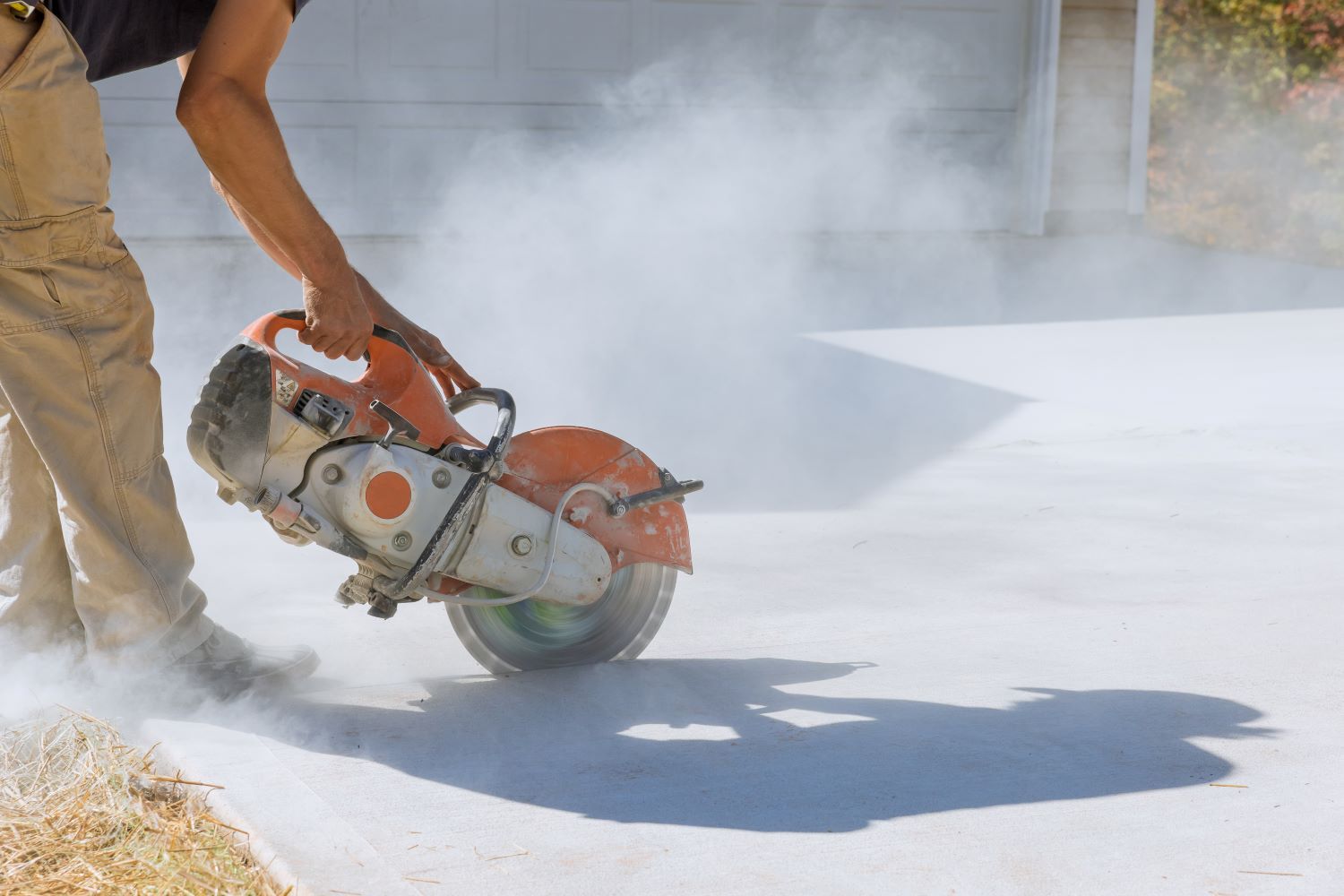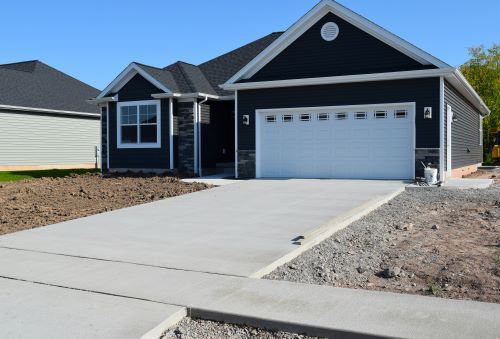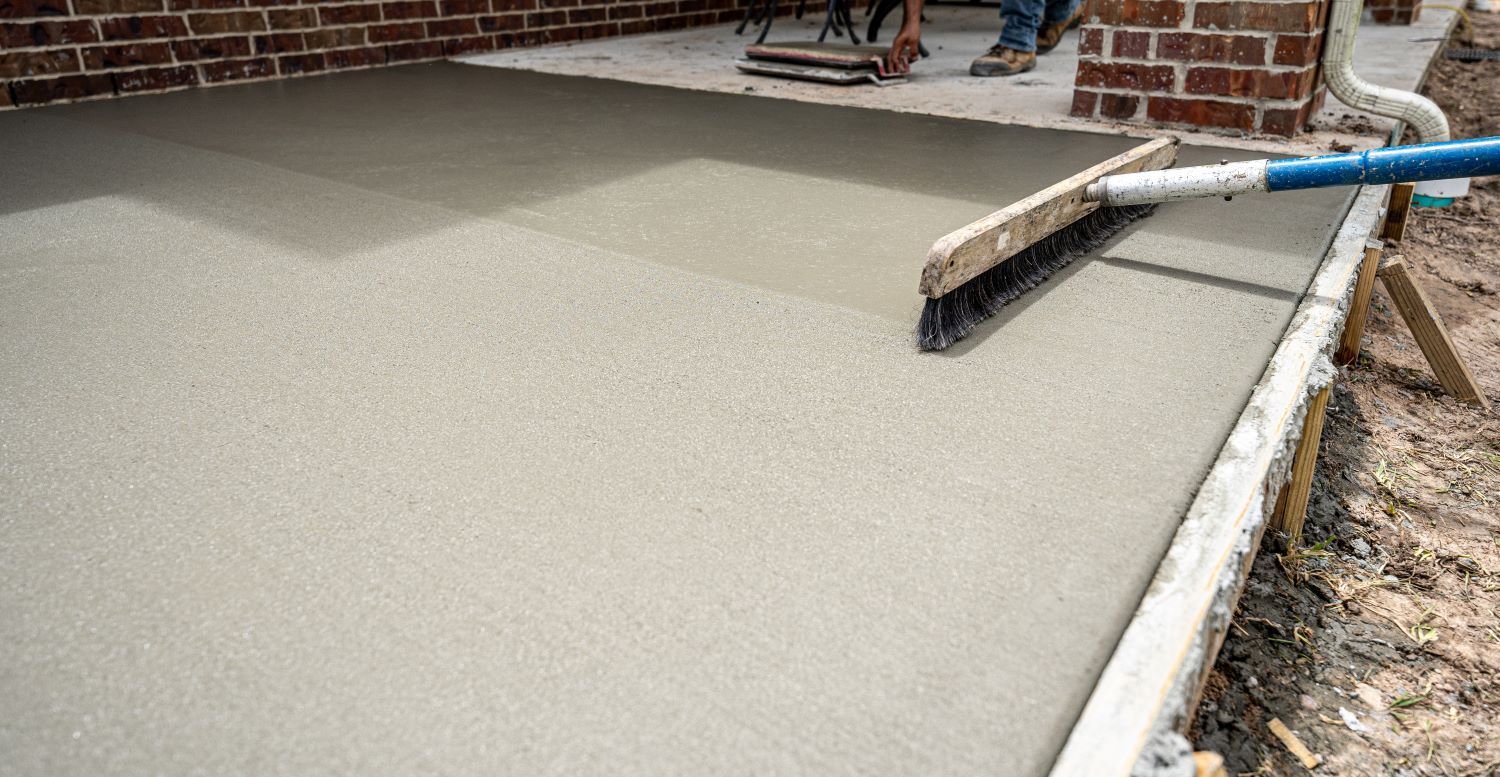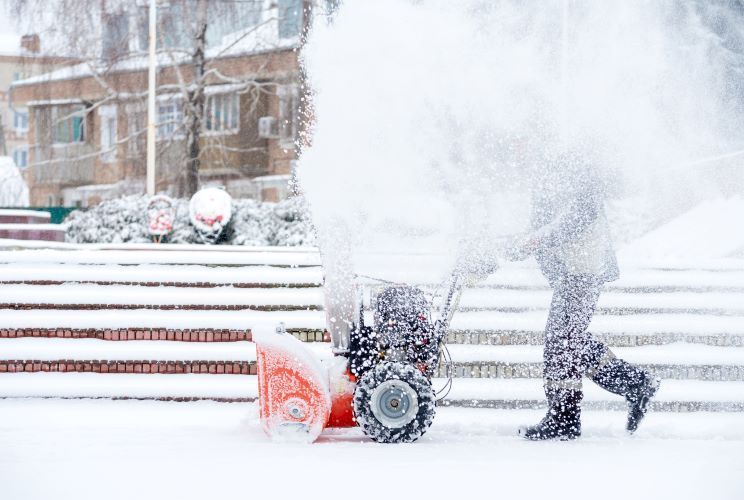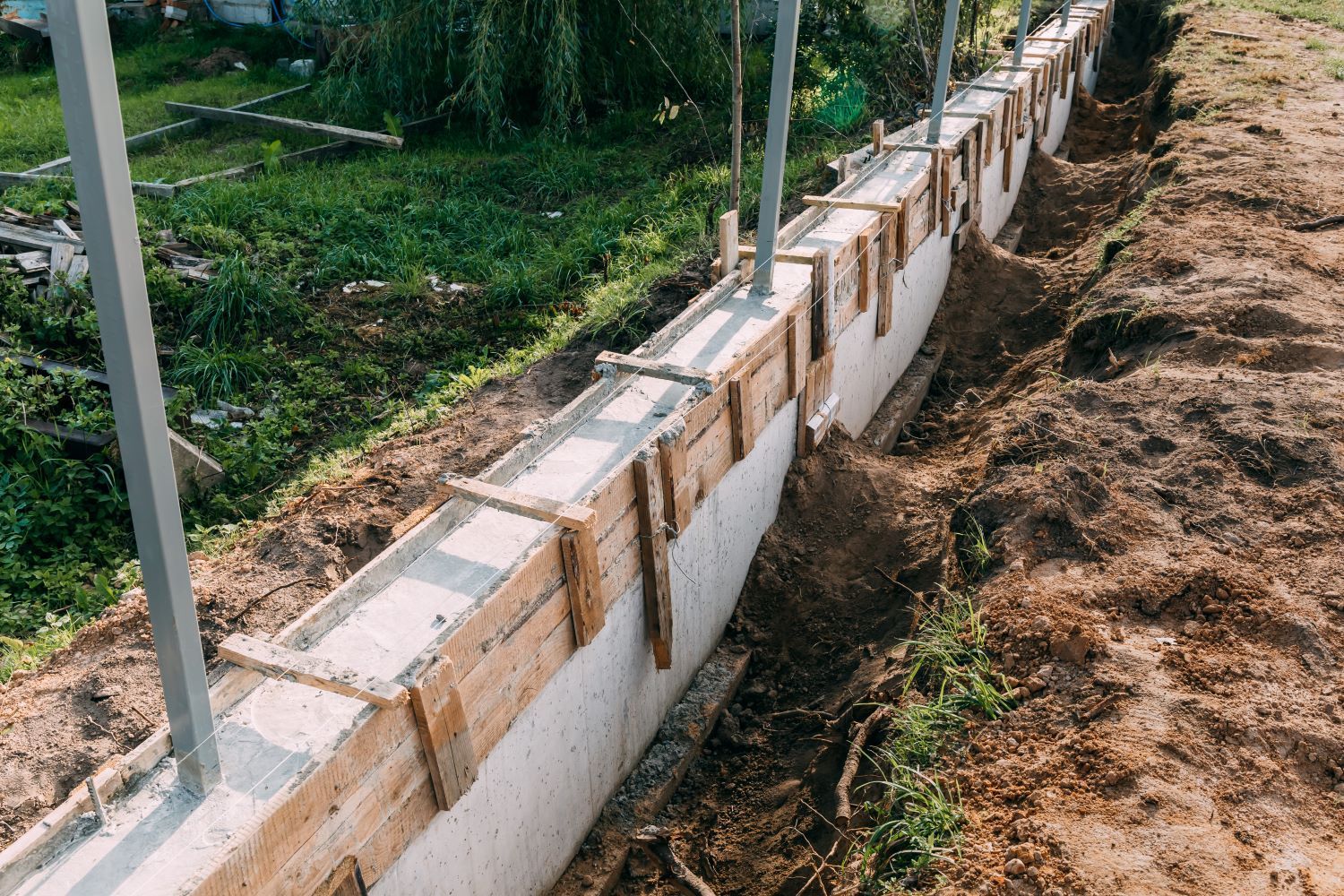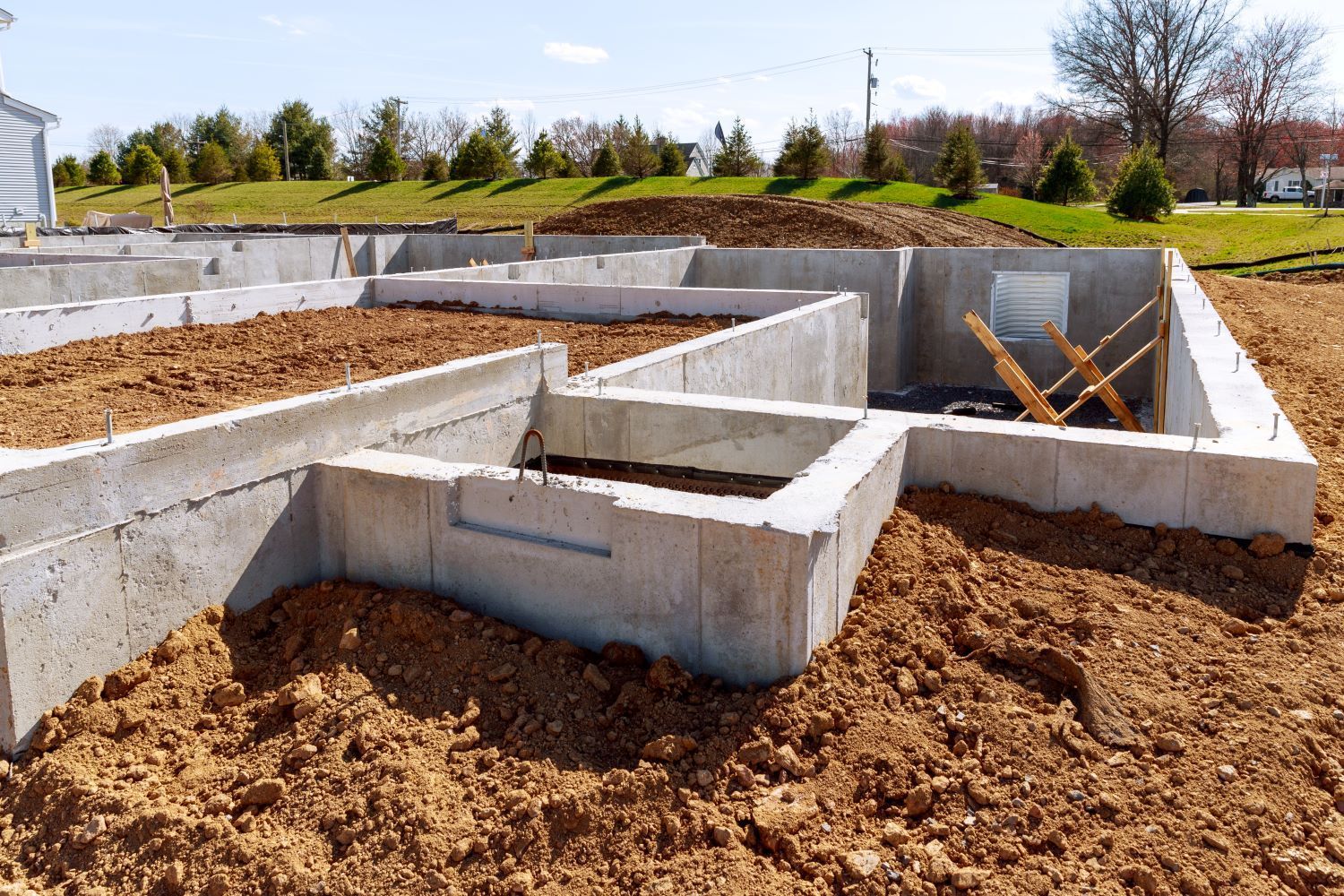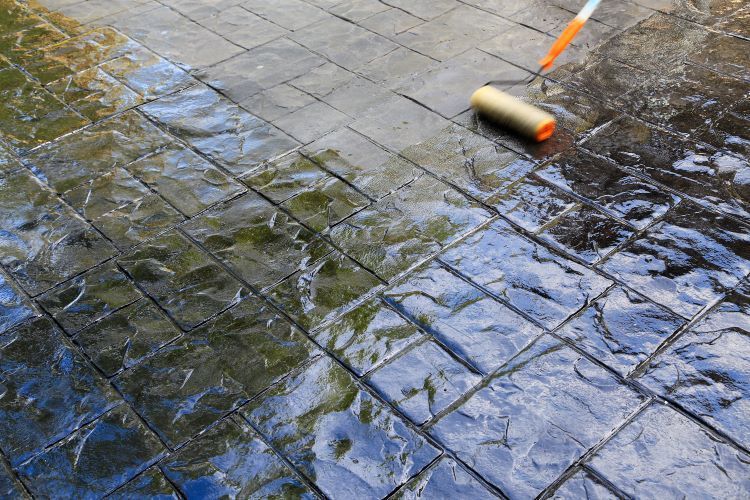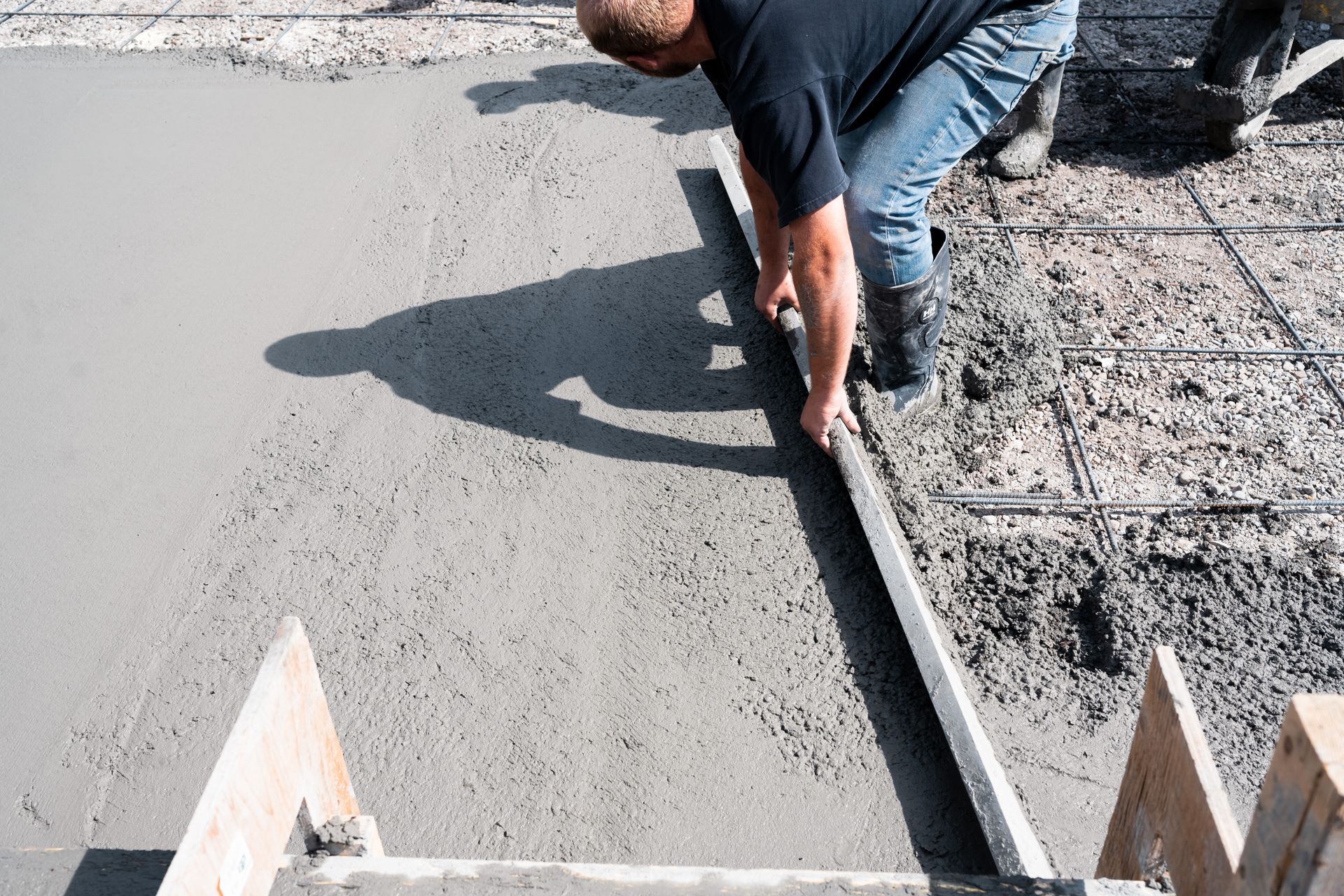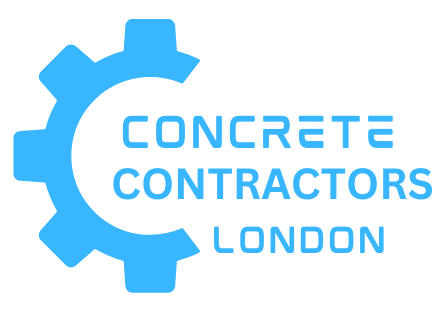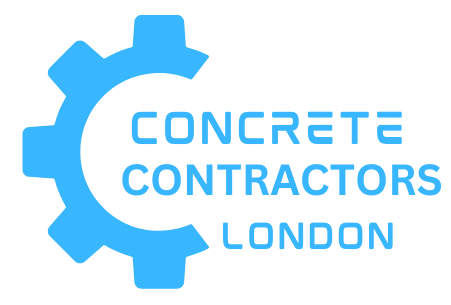Understanding Concrete Cracks: Causes and Solutions
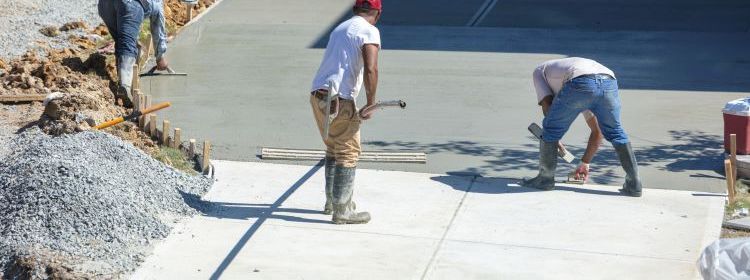
Concrete is a durable and versatile building material, commonly used in driveways, sidewalks, patios, and foundations. However, over time, concrete can develop cracks due to various factors such as weathering, settlement, and improper installation. In this blog post, we'll explore the common causes of concrete cracks and discuss effective solutions for repairing them, brought to you by Concrete Contractors London, your trusted local company in London, Ontario.
Causes of Concrete Cracks:
- Shrinkage: One of the most common causes of concrete cracks is shrinkage. During the curing process, water in the concrete mixture evaporates, causing the concrete to shrink. If proper control joints are not installed to accommodate this shrinkage, it can lead to unsightly cracks.
- Settlement: Settlement occurs when the soil beneath the concrete slab compresses or shifts, causing the concrete to sink or settle unevenly. This uneven settling can result in cracks forming along the surface of the concrete.
- Freeze-Thaw Cycles: In regions with cold climates, freeze-thaw cycles can cause concrete to crack. When water seeps into the pores of the concrete and freezes, it expands, exerting pressure on the surrounding concrete. Over time, this repeated expansion and contraction can lead to cracks.
- Heavy Loads: Excessive weight or heavy loads placed on the concrete surface can also cause cracking. This is particularly common in areas with vehicular traffic, such as driveways and parking lots, where the constant pressure from vehicles can weaken the concrete and lead to cracking.
- Poor Installation: Improper installation techniques, such as inadequate reinforcement or improper concrete mix proportions, can compromise the structural integrity of the concrete and increase the likelihood of cracks forming.
Solutions for Concrete Crack Repair:
- Crack Injection: For hairline cracks or small surface cracks, crack injection is a popular repair method. This involves injecting a specialized epoxy or polyurethane resin into the cracks to fill and seal them, preventing further water intrusion and reinforcing the concrete structure.
- Concrete Resurfacing: Concrete resurfacing is an effective solution for repairing larger cracks or surface damage. This process involves applying a thin overlay of fresh concrete or a specialized concrete repair mortar to the damaged area, restoring its appearance and structural integrity.
- Control Joint Installation: Installing control joints or expansion joints in the concrete slab can help control shrinkage and prevent cracks from forming. These joints create weak points in the concrete where cracks can occur in a controlled manner, minimizing the risk of random cracking.
- Slab Jacking: Slab jacking, also known as mudjacking or slab leveling, is a technique used to lift and level sunken or uneven concrete slabs. This involves injecting a specialized grout or foam beneath the slab to fill voids and raise it back to its original position, eliminating cracks caused by settlement.
- Proper Maintenance: Regular maintenance and proper care can help prevent concrete cracks from forming or worsening. This includes keeping the concrete surface clean and free of debris, applying sealants to protect against moisture penetration, and addressing any drainage issues around the concrete slab.
In conclusion, understanding the causes of concrete cracks and implementing effective repair solutions is essential for maintaining the integrity and longevity of your concrete surfaces. Whether you're dealing with minor surface cracks or more significant structural damage, Concrete Contractors London can provide expert advice and professional repair services to ensure your concrete surfaces remain strong, durable, and crack-free for years to come.
